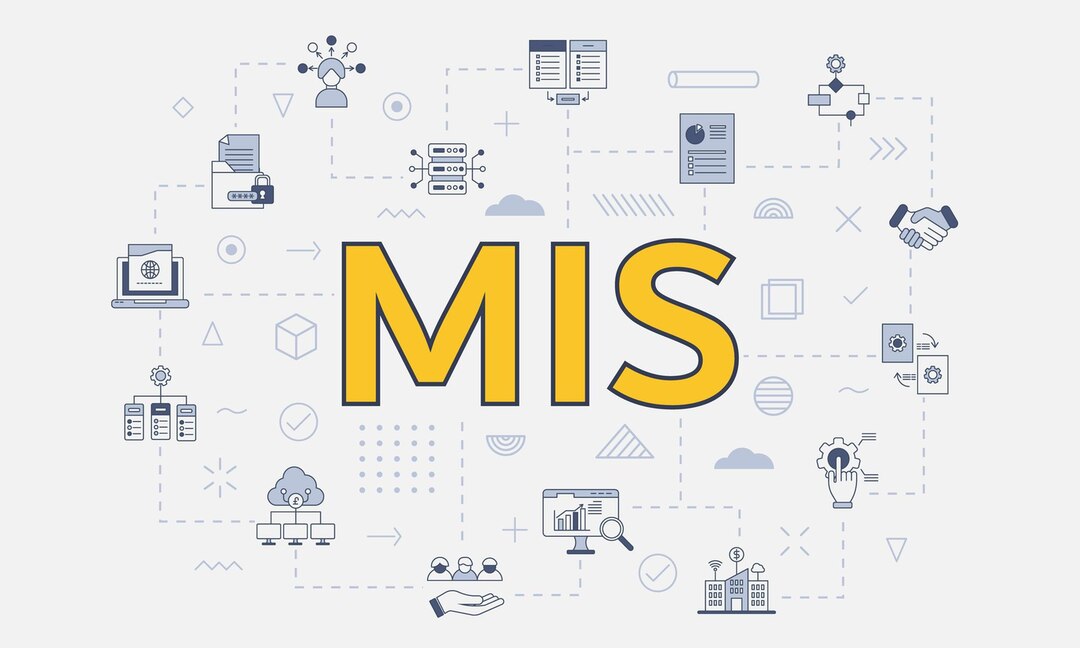In the bustling world of business, data reigns supreme. But raw data, like a jumbled puzzle, is meaningless without a framework to organize and interpret it. Enter the Management Information System (MIS), the unsung hero that transforms this data chaos into actionable insights.
So, what exactly is an MIS? Let’s break it down.
The Core Concept:
At its heart, an MIS is a computerized information system designed to support the management and decision-making functions of an organization. It’s not just about storing data; it’s about processing, analyzing, and delivering relevant information to the right people at the right time.
Think of it as a central nervous system for your business, collecting information from various sources (internal and external), processing it into meaningful reports, and distributing it to managers and decision-makers.
Key Components of an MIS:
An effective MIS typically consists of several interconnected components:
- Hardware: The physical infrastructure, including computers, servers, and network devices.
- Software: The programs and applications that process and manage the data.
- Data: The raw material, including internal records, market data, and customer information.
- Procedures: The established processes for collecting, processing, and distributing information.
- People: The users and managers who interact with the system and utilize the information.
How MIS Works:
The basic process of an MIS involves:
- Data Collection: Gathering data from various sources, both internal (e.g., sales records, inventory data) and external (e.g., market research, competitor analysis).
- Data Processing: Transforming the raw data into meaningful information through calculations, sorting, and analysis.
- Information Storage: Organizing and storing the processed information in a database for easy retrieval.
- Information Retrieval: Providing access to the stored information through reports, dashboards, and other output formats.
- Information Dissemination: Distributing the information to the appropriate users and decision-makers.
Types of MIS:
MIS encompasses various specialized systems, each designed to support specific management functions:
- Transaction Processing Systems (TPS): Automate routine transactions, such as sales orders and payroll.
- Management Reporting Systems (MRS): Generate periodic reports for management decision-making.
- Decision Support Systems (DSS): Provide interactive support for complex decision-making processes.
- Executive Information Systems (EIS): Provide high-level summaries of key performance indicators for top management.
- Customer Relationship Management (CRM) systems: track and manage customer interactions.
- Supply Chain Management (SCM) systems: track and manage the flow of goods and services.
The Importance of MIS:
In today’s data-driven world, an effective MIS is crucial for:
- Improved decision-making.
- Enhanced operational efficiency.
- Competitive advantage.
- Better customer relationships.
- Improved financial management.
Essentially, an MIS empowers organizations to transform raw data into actionable insights, enabling them to make informed decisions and achieve their strategic goals. It’s the digital backbone that supports modern business operations and drives success.






